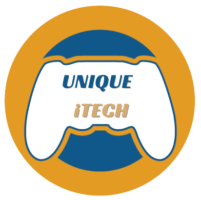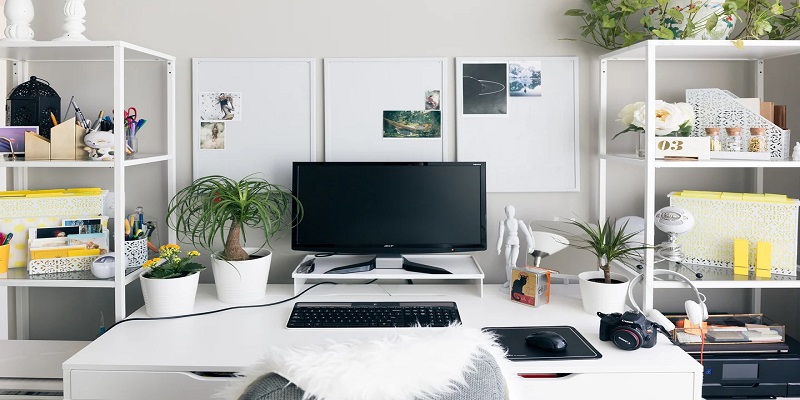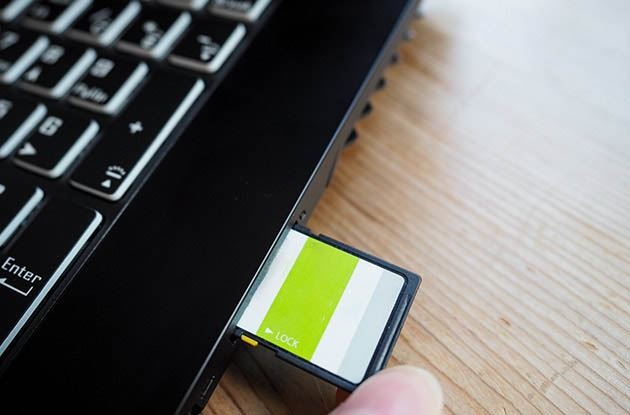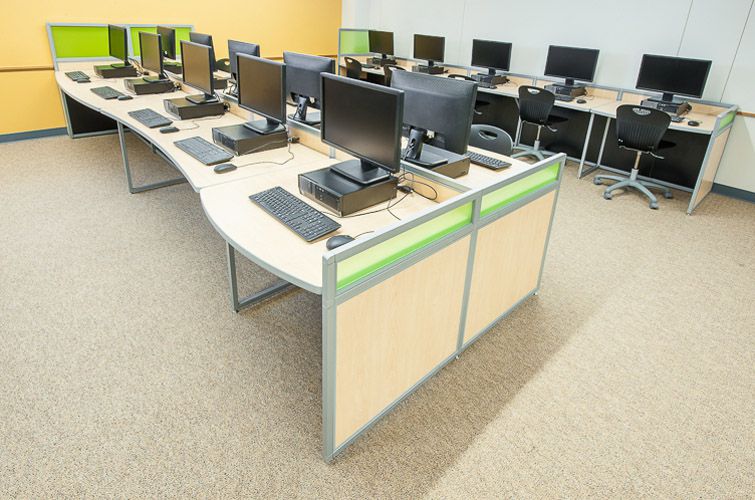Computer Desk Shelf Your Office Organize Cluttered office desks do more than look unprofessional; they can negatively impact your productivity. According to a Wall Street Journal article, most executives spend six weeks each year looking for documents. Your company’s success may also be affected by this. You automatically give the impression that your business practices are disorganized and inefficient. However, you can set up your office desk in a clutter-free manner by following some simple guidelines.
Picking The Right Desk For Your Office
It is crucial to choose the right desk for your office if you want to avoid clutter. The more drawers you have on your desk, the more storage you have for all the items you need. You should not move your desk clutter into your desk drawers. Paper clips, pens, markers, and other supplies can be organized and easily accessible with plastic trays with dividers placed inside desk drawers.
Everything Should Have Its Own Place
Your desk should have a designated place for everything you use to avoid clutter.
Make use of any drawers or shelves you have and assign everything its own place. Make your most frequently used items easy to find by placing them near the door. Only occasionally used items can be placed in the bottom drawers or on a shelf.
Keep garbage can near your desk
Organize Your Office Computer Desk Shelf Having a garbage can in your office is only common sense, but it must be near your desk to do its job. Get into the habit of using your garbage can when it is within reach. Keeping your desk clutter-free means minimizing the accumulation of answered messages, memos, notes, and pens that won’t write. If you throw things away as soon as you are done with them, you can avoid clutter on your office desk.
Desk with a slant top
Bureau desks are essentially desks without top hutches and are also sometimes called bureaus. Their lack of hutches made them easier to handle and move. This is generally thought to be the secretary’s predecessor, despite its smaller size.
The Front Desk for Fall
The main difference between this desk and a secretary is that when the desk is closed, the part that folds up is completely vertical. For storing all your writing materials, the desktop folds down into pigeonholes, drawers, shelves, or doors. Also, there are usually no additional shelves or cabinets above the area enclosed by the desktop.
The Woodington Desk
There is a combination here of a cabinet, a secretary, and a fall front desk. The first examples date to the 1870s, patented by William Wooton of Indiana, and are referred to as Cabinet Office Secretaries. Cabinet Office Secretaries became quite elaborate and became a status symbol. The top of these curved like a cupboard, and they were shorter than a secretary. There was an elaborate collection of cubbies, drawers, shelves, and slots, both inside the cabinet and on the doors, when the drop-down desk was opened.
All of these styles of desks have one thing in common:
The work area could be hidden away, and while this seemed like a hassle today, it not only made the user tidy but also inspired them to do so. Although most of these styles are not appropriate for use with modern computers, many people like to have them around for display and for writing, as well as those who use them for laptops. We will take a look at a few more desk styles next time, starting with some older ones before moving into some newer ones.




